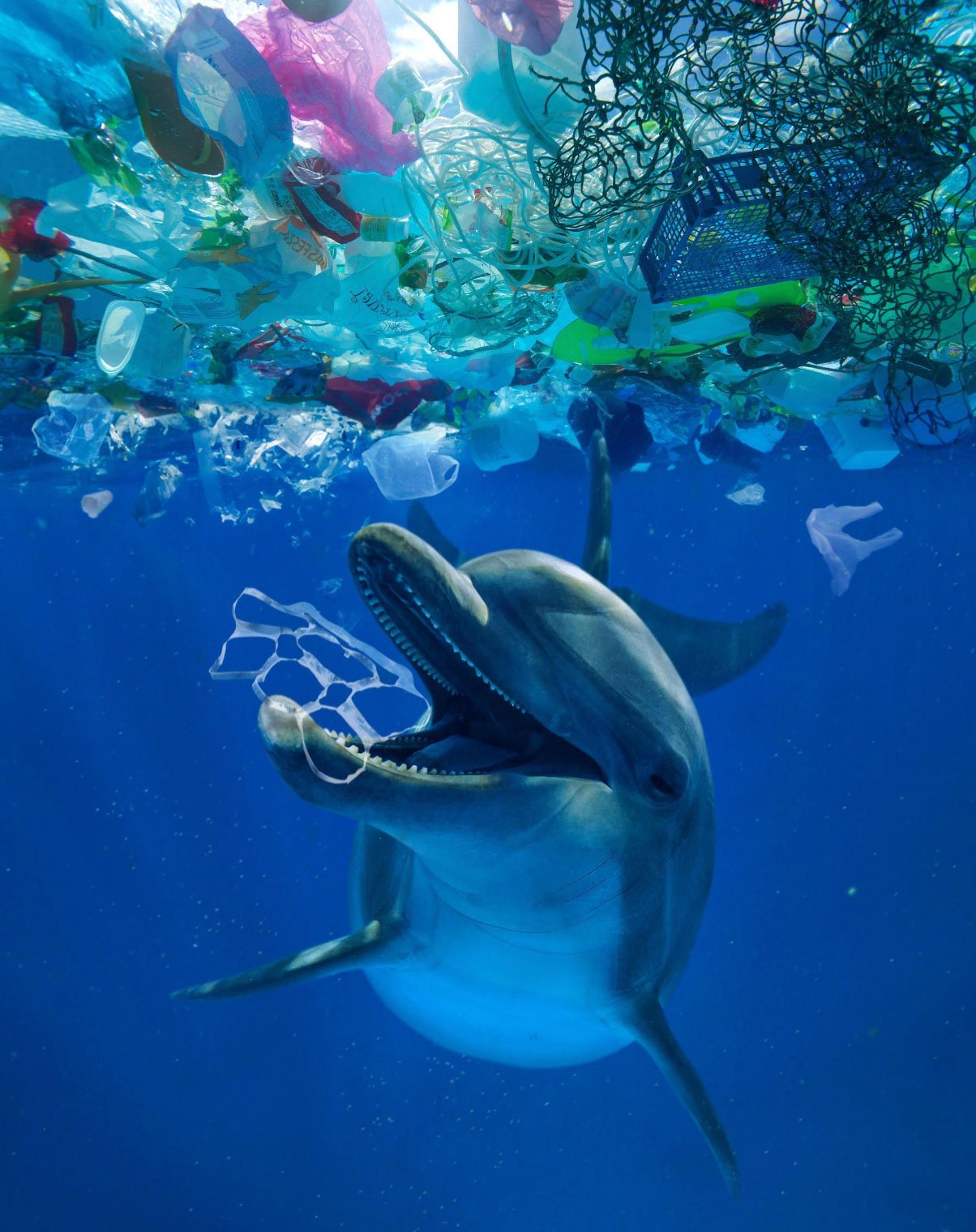
Worthington’s Ocean Cleanup Booms Are Helping Keep Thousands of Tons of Plastic River Trash From Entering Oceans
The Ocean Cleanup is the largest effort to remove ocean garbage by targeting the great floating garbage patches and the top 1,000 rivers that carry 80% of plastic into the oceans.
Floating Trash Can Be Captured With These Worthington Ocean Cleanup Boom Solutions
The Original Ocean Cleanup boom for stopping floating trash in rivers and lakes.
Economical
Easy Installation
Configurable with debris skirts above and below
Durable HDPE ocean cleanup booms for rough conditions and long term use. Lifetime pontoon warranty, highly visible, multiple configurations.
The ultimate debris control barrier for tough river and lake conditions. Deep screens stop floating plastic trash and divert it to shoreline collection areas. This cleans up our oceans!
Trash spotted floating downstream in Huntington, W.Va., Jun. 4, 2020 (Photo/Dragline)
Jul. 8, 2020 • Written by Kyle Vass; Edited by Lacey Johnson
HUNTINGTON, W.Va. (Dragline) - It’s not uncommon to see bits of rubbish floating in the Ohio River or washed up on its shores. But on June 4, a body of trash over 200 yards in length was spotted making its way downstream. The procession of garbage, visible from Huntington’s Harris Riverfront Park, was traced back to a crane being operated by Amherst Madison, a Charleston-based contractor hired by the City of Huntington to “sweep debris” from behind a city-owned dock into the river.
In this instance, the “debris” included tires, plastic buckets, styrofoam and all manner of trash that would normally be destined for a landfill. Rather than paying Amherst Madison to transport the garbage to a disposal facility, the city saved $16,000 by opting to send the trash downstream instead, according to a copy of the contract obtained via the West Virginia Freedom of Information Act.
Regardless of contractual issues, sweeping trash back into the river is just plain irresponsible. Much of this floating trash ends up broken down and in the bodies of fish, mussels, turtles and any other animals in the ecosystem. Ultimately, of course, the stuff that makes it all the way down the Mississippi ends up in the ocean or the bayou ecosystems.
Much of this trash enters the rivers from tributaries. If municipalities, and hydroelectric dam owners, and the US Army Corps of Engineers, would develop efforts to remove this river trash at locks & dams and other catch points along the rivers, instead of releasing it downstream, the Ohio River and Mississippi Rivers would have a lot less of a floating garbage problem.
Having heaps of trash floating downriver reinforces the public’s view of the river as a sewage system. The more floating trash they see, the more immune they become and the less respect they have for the waterway. What’s a little more trash?





